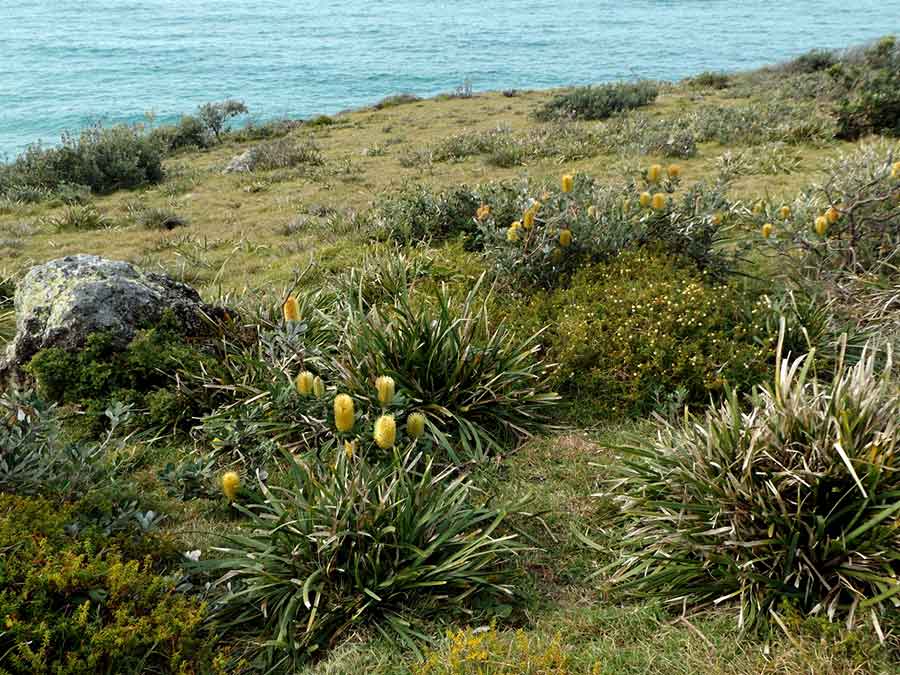
On such an exposed part of the Connors Track, the banksias grew low, their golden candles safe from being extinguished by the wind.
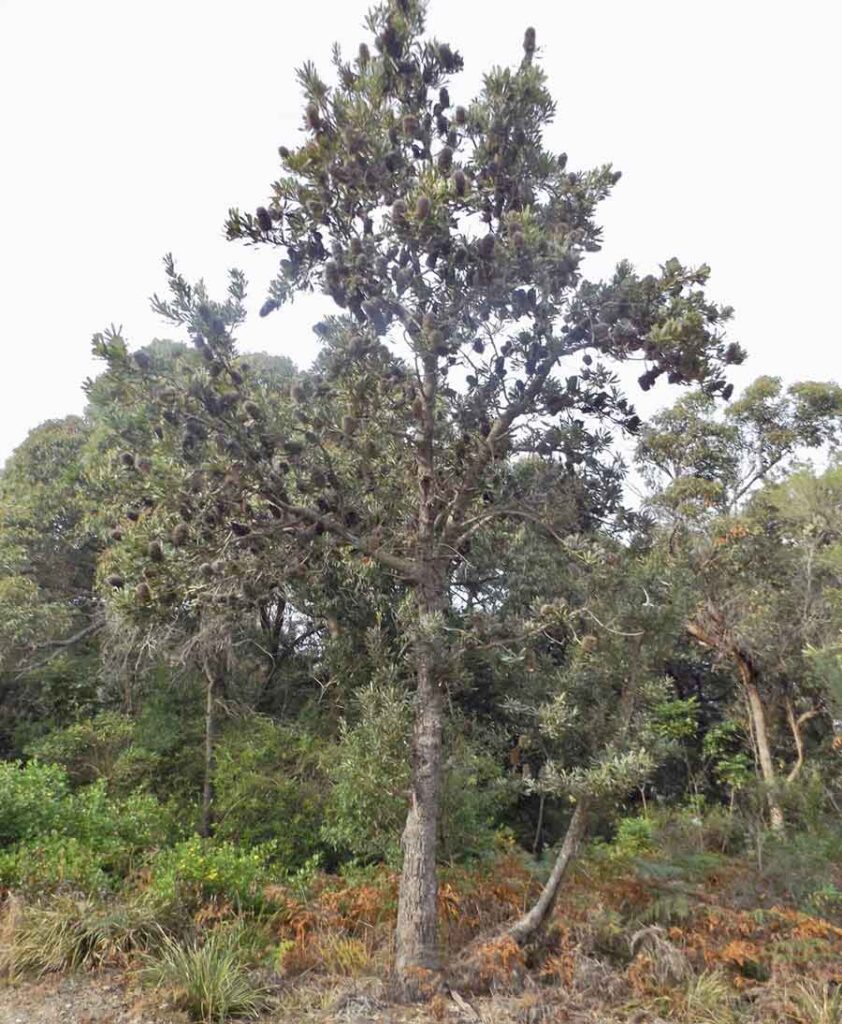
On the walk up to that headland other banksia species grew tall and woody, covered in an enormous number of dark seed cones like hairy hand grenades.
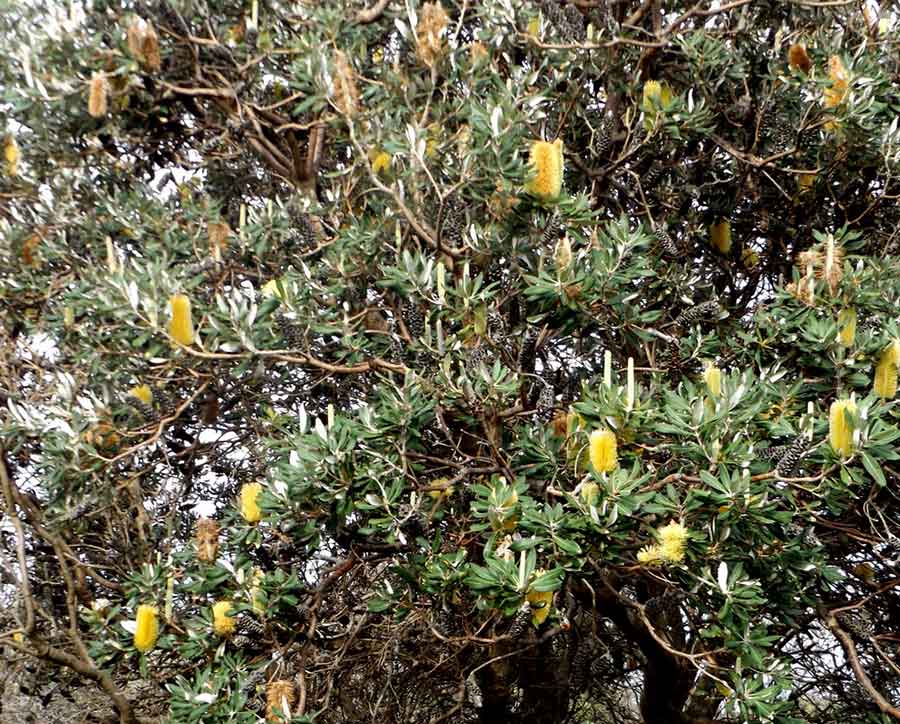
Other banksias in that coastal woodland were sized in between, sporting slim pale new candle flowers, older lemon and amber and woody ones all at once.
It is truly a banksia garden, all growing virtually on sand.
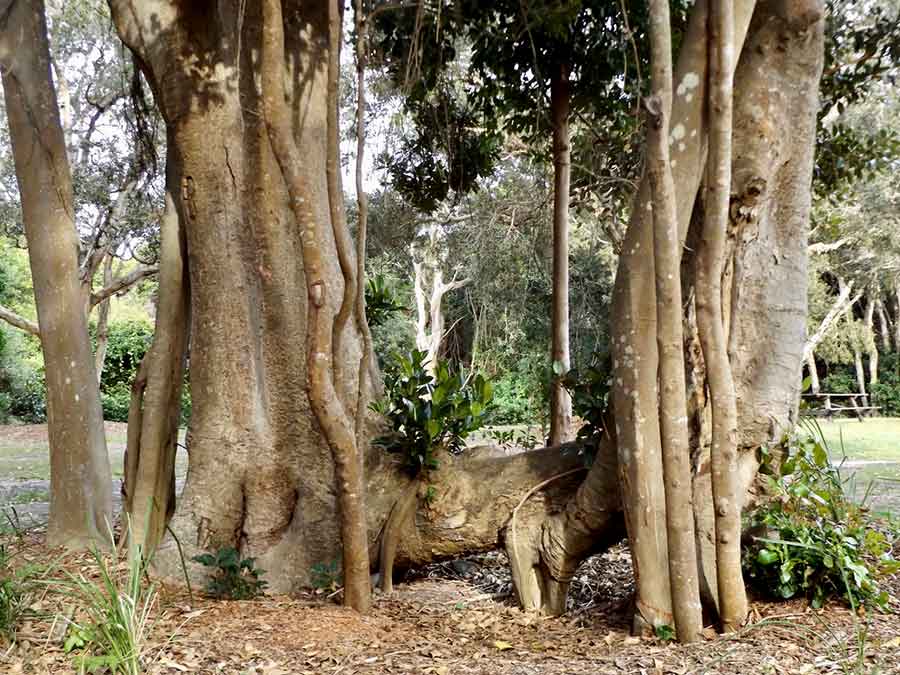
Around the Hungry Gate campground, hoary old paperbarks and strangely grown figs dominated, all reaching great heights just in sand.
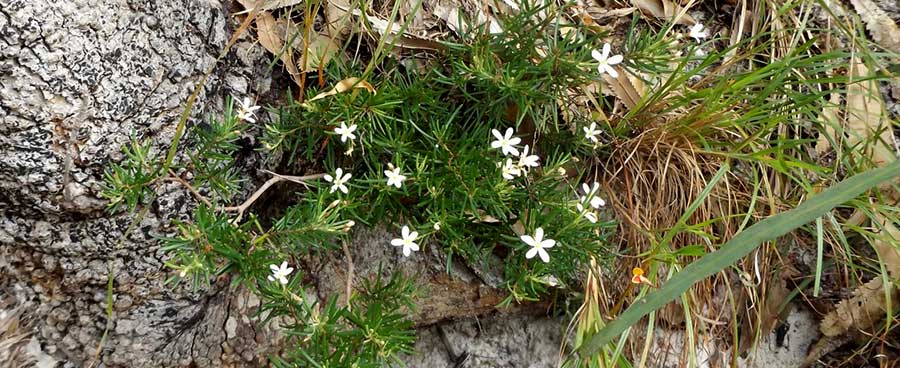
On the walk, many tiny dainties graced the sandy banks, often making just one appearance. I had to be sharp to spot them; I am sure I missed many such jewels, as I only saw some on the way back.
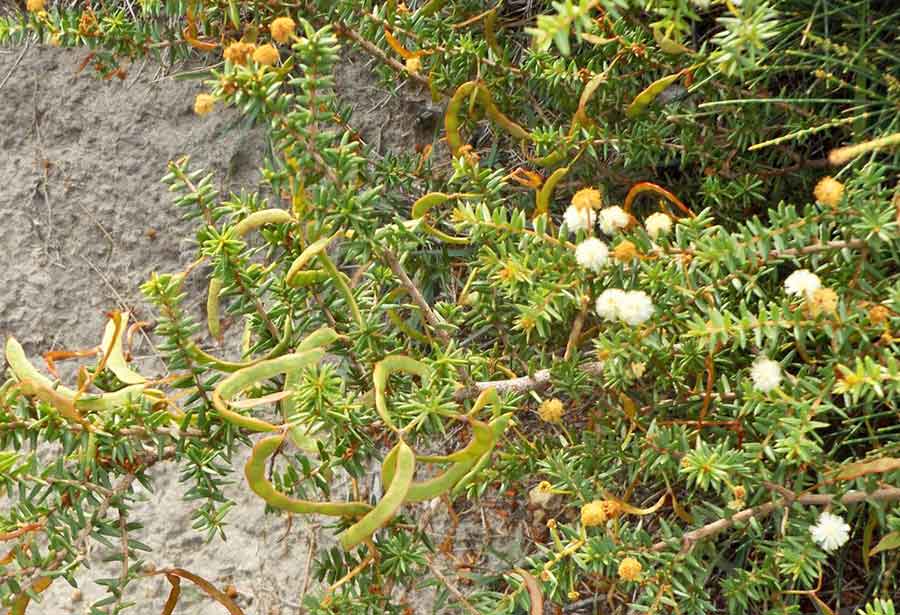
On some it was the seed pods that caught my eye more than the flowers.
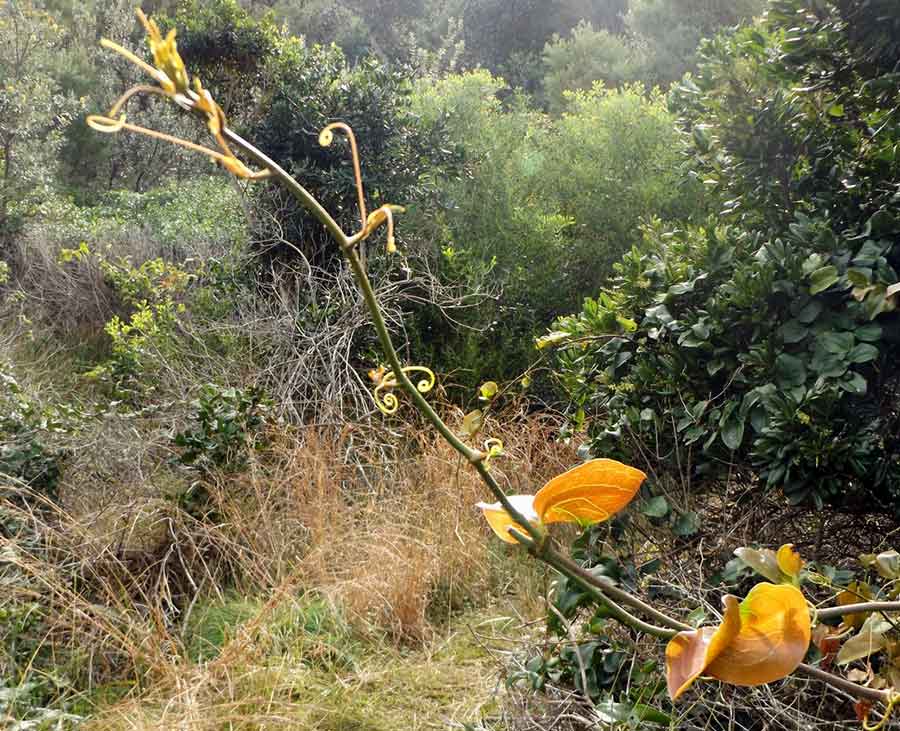
Others, like this vine, literally stepped in front of me, flaunting its curlicues and brilliant colours.
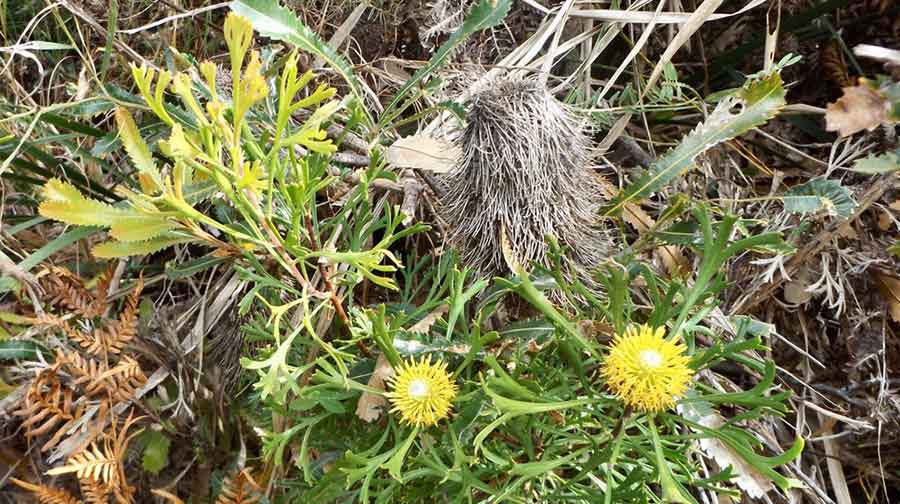
These Isopogons, also called Coneflowers or Drumsticks, are relatives of the banksia and also have woody seed heads.
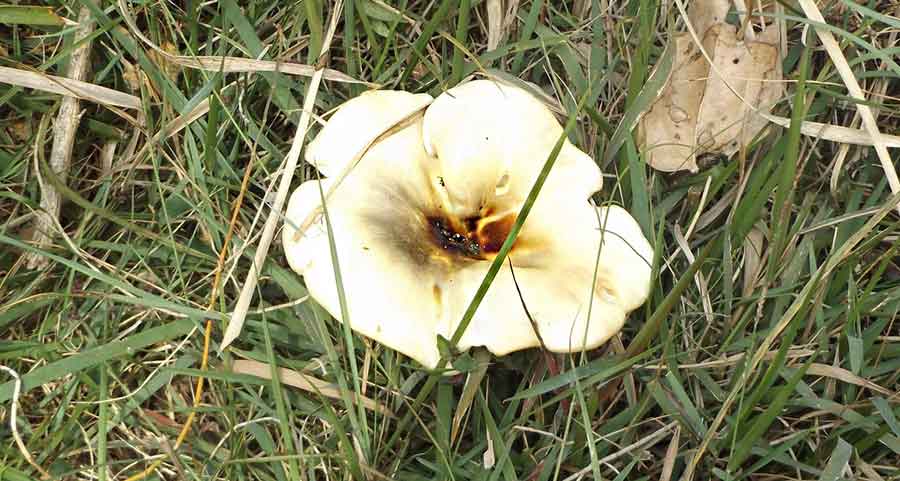
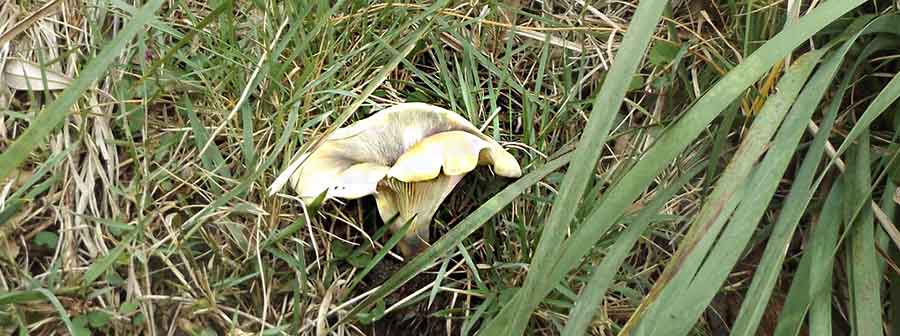
This solitary large sample turned out to be a fungus, not a flower at all.
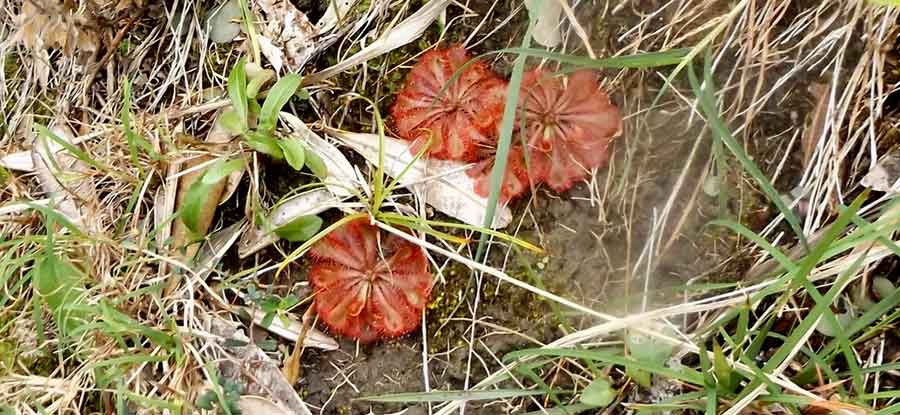
And these three were the only sundews I saw, boldly flashing their sticky red rosettes to lure insects.
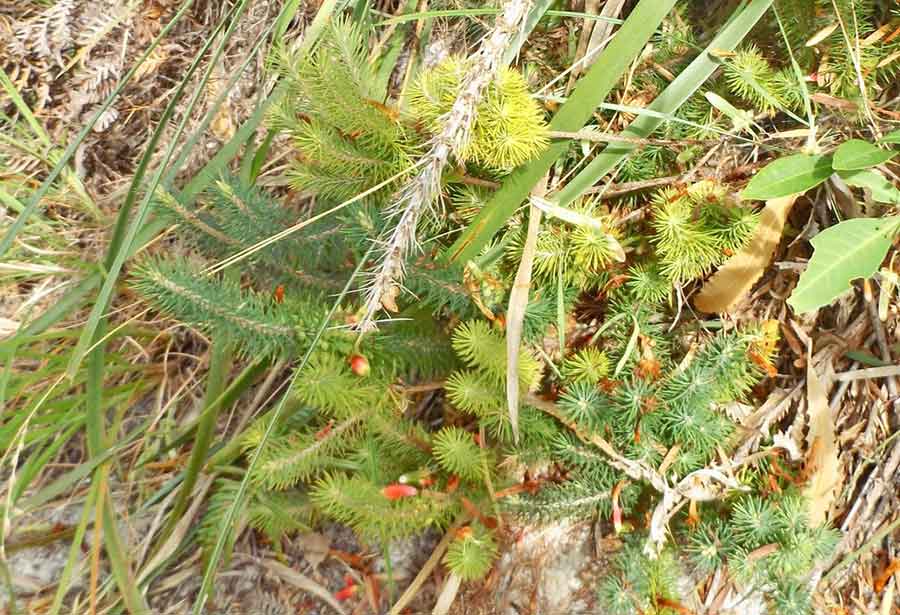
The trackside bank held many surprises, from the tiniest mosses and flowers to virtual hedges of lilli-pilli.
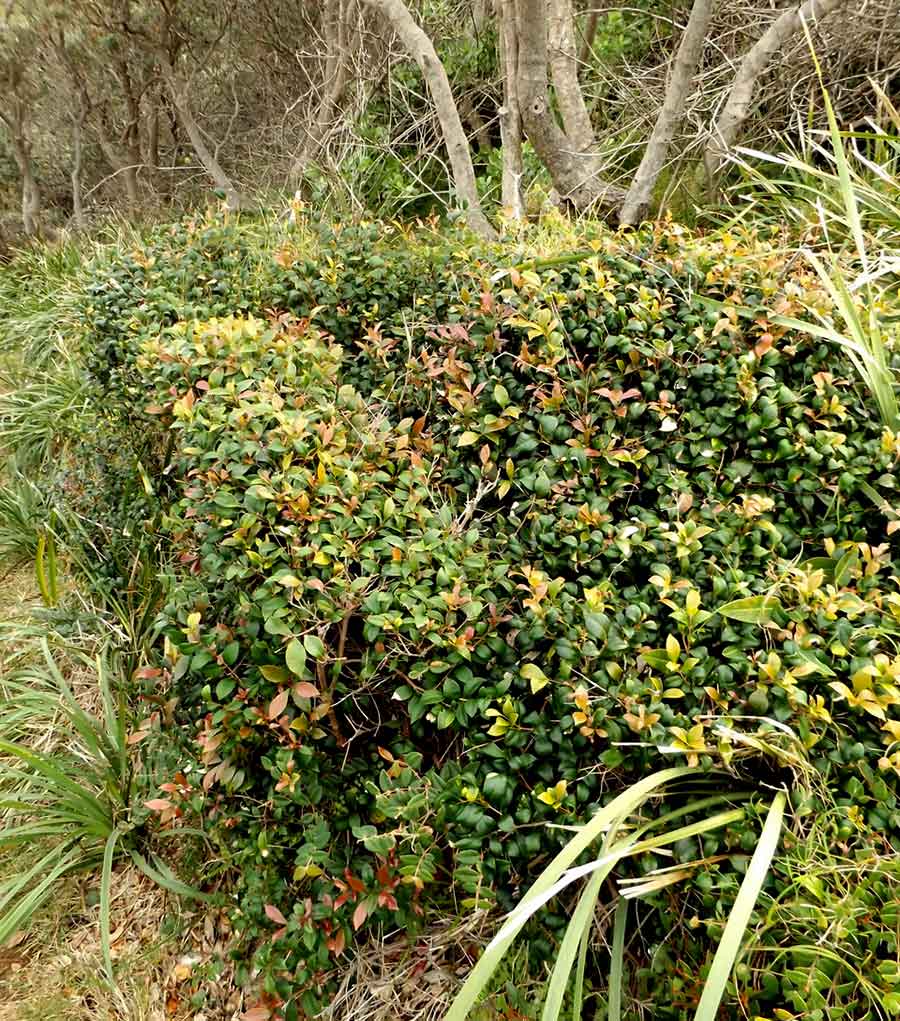
But the whole walk was full of surprises. Next time I’ll go the whole way and be prepared for more…
Yes, and fairly close to you, Karen. Still not sure if that fig was one promiscuous tree or two intimate ones! Glad you liked the post. Hope to get to many places now I have a campervan, and will start with our area.
Gorgeous photos, Sharyn…..especially the demented fig tree!
Just waiting for the weather to fine up and I’ll be there….thanks for the intro to such an exciting walk.
Connors Track is in Hat head National Park, Ariel, between South West Rocks and Kempsey.
Wonderful Sharyn! where is the track exactly? I probably should know…